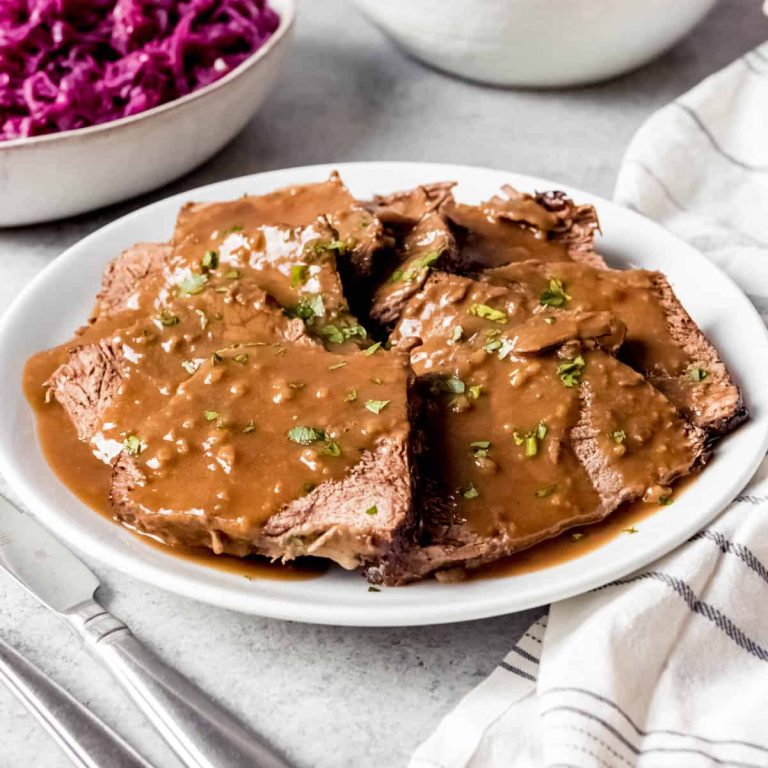Lentil Soup: Nutritional Benefits, Varieties, and Custom Recipes
Lentil soup has deep historical and cultural roots, dating back to ancient civilizations. Cultures in regions like the Middle East, South Asia, and Europe have relied on lentils for millennia. Ancient Egyptians, Greeks, and Romans included lentils in their diets, recognizing their nutritional benefits. Lentils also feature prominently in Indian cuisine, symbolic of prosperity and health. In many Jewish traditions, lentil soup is prepared during times of mourning, symbolizing the circle of life due to the shape of the lentil.
Various Types of Lentil Soup Around the Globe
Lentil soups vary widely across the globe. In Indian cuisine, the popular dish “Dal” features lentils cooked with spices like turmeric, cumin, and coriander. French cuisine offers “Lentilles du Puy,” a hearty lentil stew made with green lentils and seasoned with herbs de Provence. In Middle Eastern cuisine, “Shorbat Adas” is a staple, made with red lentils, cumin, and lemon juice for a tangy, aromatic flavor. Ethiopian “Kik Alicha” features split peas or lentils seasoned with onions, garlic, ginger, and turmeric. Each variety brings a unique flavor profile and reflects the culinary traditions of its region.
Ingredients and Nutrition in Lentil Soup
Key Ingredients and Their Health Benefits
Lentil soup consists of several key ingredients, each offering distinct health benefits. Lentils provide a substantial source of protein, fiber, and essential nutrients like iron, magnesium, and folate. Carrots add vitamin A, aiding eye health, while onions contain antioxidants that support the immune system. Garlic offers anti-inflammatory properties, enhancing heart health.
Tomatoes contribute vitamin C and antioxidants, bolstering immunity. Celery provides vitamin K, assisting in bone health, and spices like cumin and turmeric add anti-inflammatory and digestive benefits. Olive oil, often used in lentil soup recipes, delivers healthy fats that improve heart health.
Nutritional Breakdown of Lentil Soup
Lentil soup is rich in nutrients, offering a balanced profile of macronutrients and micronutrients. Here’s a typical nutritional breakdown per serving:
| Nutrient | Amount per Serving |
|---|---|
| Calories | 220 |
| Protein | 12g |
| Carbohydrates | 35g |
| Fiber | 15g |
| Iron | 4mg (22% DV) |
| Magnesium | 40mg (10% DV) |
| Folate | 90mcg (22% DV) |
| Vitamin A | 2500 IU (50% DV) |
| Vitamin C | 15mg (25% DV) |
| Vitamin K | 30mcg (38% DV) |
| Healthy Fats | 7g |
Lentil soup is nutrient-dense, promoting overall health and well-being. The high fiber content supports digestive health and satiety. The protein aids in muscle repair and growth. The micronutrients like iron and folate are vital for blood health and preventing anemia. The vitamins A, C, and K contribute to immune function, skin health, and bone strength.
How to Make the Perfect Lentil Soup
Choosing the Right Lentils
Select lentils based on the desired texture and flavor of your soup. For a hearty consistency, use brown or green lentils as they hold their shape during cooking. Red or yellow lentils, which break down more easily, create a creamy texture, ideal for smooth soups. Both types bring unique characteristics, so choose according to your preferred soup style.
Cooking Techniques
Start with a large pot over medium heat. Sauté chopped onions, garlic, and celery in olive oil until softened, which enhances the flavor base. Add diced carrots and cook for 5 minutes, stirring occasionally. Introduce rinsed lentils into the pot, ensuring they’re well-mixed with the vegetables.
Pour in vegetable or chicken broth, adding diced tomatoes and a bay leaf for added depth. Season with cumin and turmeric; they complement the lentils and boost nutritional benefits. Bring the mixture to a boil, then reduce the heat and simmer for 25-30 minutes until the lentils are tender. Stir occasionally to prevent sticking.
For a creamier consistency, partially blend the soup using an immersion blender, leaving some lentils whole. Adjust the seasoning with salt and pepper according to taste. Serve hot, garnished with fresh herbs like parsley or cilantro for a refreshing finish.
Customizing Your Lentil Soup
Vegan and Vegetarian Variations
Lentil soup offers flexibility for vegan and vegetarian diets, incorporating plant-based ingredients for balanced nutrition. Swap meat-based broth with vegetable broth for an entirely vegan option. Add vegetables such as zucchini, spinach, or bell peppers for enhanced flavor and nutrition. Tempeh or tofu chunks can substitute for meat, providing protein without animal products. For a creamy texture, blend part of the soup with coconut milk or cashew cream rather than dairy. Nutritional yeast can add a cheesy flavor without using cheese.
Incorporating Spices and Herbs for Flavor
Spices and herbs elevate the flavor profile of lentil soup, transforming it from basic to extraordinary. Commonly used spices include cumin, turmeric, and coriander, which add depth and complexity. Fresh herbs like cilantro, parsley, or thyme can enhance the freshness and aroma. For a Middle Eastern twist, use sumac or za’atar. To introduce heat, incorporate chili flakes or cayenne pepper. Aromatics such as garlic, ginger, and onion, when sautéed, build a solid flavor base. Adjust seasoning levels to your taste preference, ensuring a customized and flavorful lentil soup.
Conclusion
Lentil soup is more than just a comforting meal; it’s a journey through diverse cultures and flavors. Whether you’re savoring a bowl of Indian Dal or French Lentilles du Puy, each variation offers a unique taste and nutritional boost. By customizing your lentil soup with plant-based ingredients, spices, and herbs, you can create a dish that’s both delicious and tailored to your dietary preferences. So, grab your favorite ingredients and let your culinary creativity shine with this versatile and nourishing soup.






